Home>Furniture & Design>Interior Design Trends>How To Get Gum Off Glass
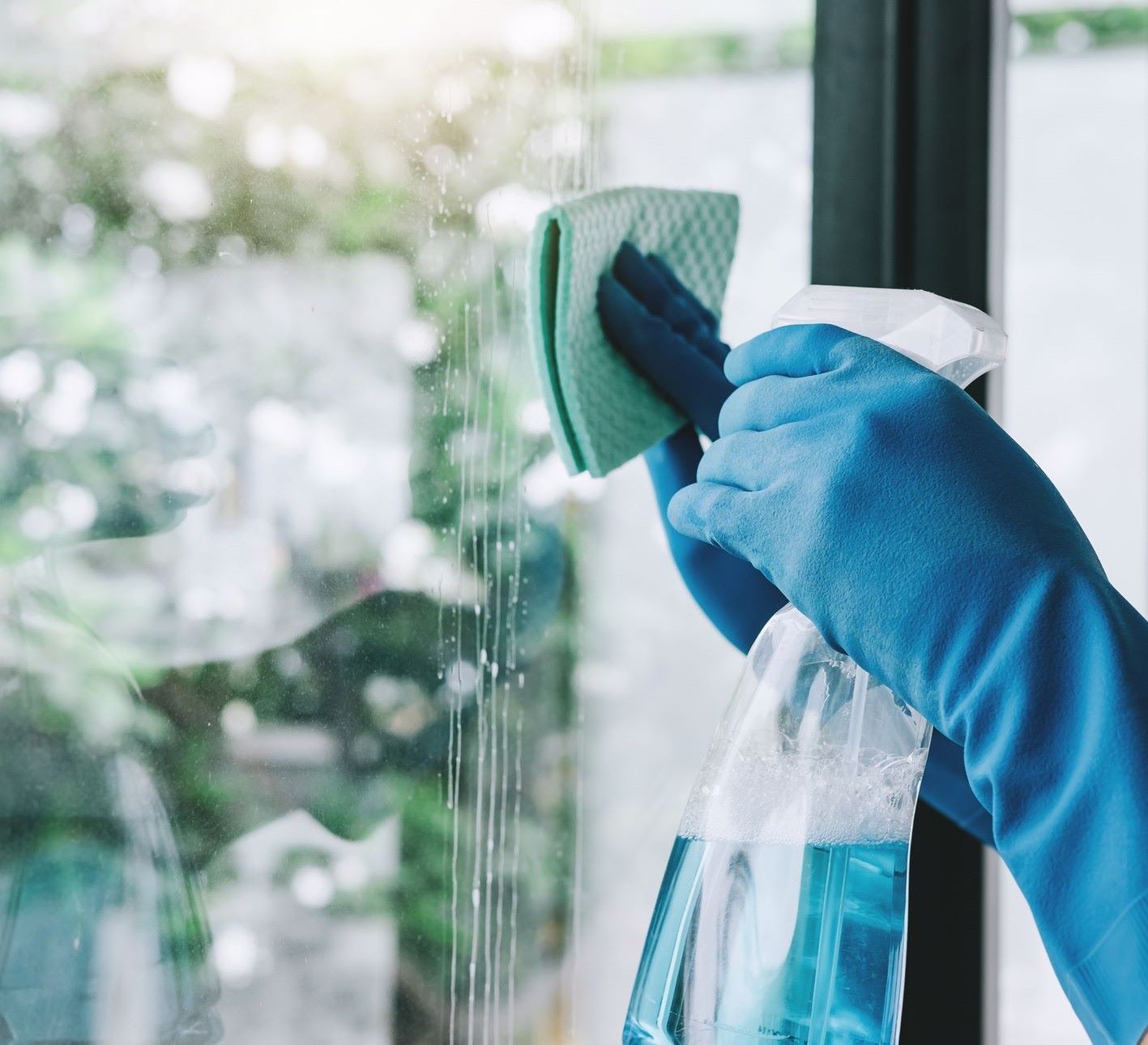

Interior Design Trends
How To Get Gum Off Glass
Modified: August 16, 2024
Learn the best interior design trends for removing gum from glass surfaces. Discover effective techniques and tips for a clean and polished finish.
(Many of the links in this article redirect to a specific reviewed product. Your purchase of these products through affiliate links helps to generate commission for Storables.com, at no extra cost. Learn more)
Introduction
Dealing with gum stuck on glass surfaces can be a frustrating and unsightly problem. Whether it's a window, mirror, or glass table, the sticky residue left behind by gum can be a challenge to remove. However, with the right approach and a few simple household items, you can effectively eliminate the gum and restore the pristine appearance of the glass.
In this guide, we will walk you through a step-by-step process to remove gum from glass surfaces. By following these instructions, you can say goodbye to the stubborn gum and hello to a clean, gum-free glass. So, gather your materials and let's get started on reclaiming the clarity and beauty of your glass surfaces.
Key Takeaways:
- Say goodbye to gum on glass by freezing it with ice or freezer spray, then gently scraping it off. Use vinegar to dissolve any remaining residue, and finish by cleaning the glass for a pristine, gum-free surface.
- Restore the beauty of glass surfaces by freezing, scraping, and using vinegar to remove gum. Finish with a thorough cleaning for sparkling, gum-free windows, mirrors, or tables.
Read more: How To Get Gum Off A Blanket
Materials Needed
To effectively remove gum from glass surfaces, you will need a few common household items. These materials are essential for executing the step-by-step process and ensuring successful gum removal without causing damage to the glass. Here's what you'll need:
-
Ice Cubes or Freezer Spray: Freezing the gum is a crucial first step in the removal process. You can use ice cubes wrapped in a cloth or a commercial freezer spray to harden the gum, making it easier to scrape off the glass.
-
Plastic Scraper or Credit Card: Once the gum is frozen, a plastic scraper or an old credit card can be used to gently lift and remove the hardened gum from the glass surface without scratching or damaging it.
-
White Vinegar: Vinegar is a versatile household item that comes in handy for various cleaning tasks. In this case, white vinegar will be used to dissolve any remaining gum residue and help lift it from the glass.
-
Microfiber Cloth or Soft Towel: A soft, lint-free cloth is essential for wiping and cleaning the glass surface. A microfiber cloth or a soft towel will help ensure that the glass is left streak-free and sparkling after the gum removal process.
-
Glass Cleaner: After removing the gum and any residue, a quality glass cleaner will be used to give the glass surface a final polish and restore its pristine appearance.
By gathering these materials, you'll be well-prepared to tackle the task of removing gum from glass surfaces effectively and efficiently. With these items at your disposal, you can proceed with confidence, knowing that you have everything you need to restore the clarity and cleanliness of your glass windows, mirrors, or tables.
Step 1: Freezing the Gum
The first step in removing gum from glass surfaces involves freezing the gum to harden it, making it easier to remove without leaving behind sticky residue. Freezing the gum is a simple yet effective method that minimizes the gum's adhesion to the glass, facilitating its removal without causing damage.
To begin, take the ice cubes or a commercial freezer spray and apply them directly to the gum stuck on the glass. If using ice cubes, it's advisable to wrap them in a cloth to prevent water from dripping onto the glass surface. The cold temperature from the ice or freezer spray will cause the gum to harden and become less pliable, making it easier to handle.
Allow the ice or freezer spray to remain in contact with the gum for several minutes, ensuring that it has ample time to freeze and solidify. This process may need to be repeated if the gum is particularly stubborn or if the weather is warm, causing the gum to soften quickly.
Once the gum has been sufficiently frozen, it's time to proceed to the next step. Carefully use a plastic scraper or an old credit card to gently pry the hardened gum from the glass surface. It's important to exercise caution and avoid using sharp or abrasive tools that could scratch or damage the glass. By applying gentle pressure and using a scraping motion, the frozen gum should begin to lift off the glass, gradually releasing its grip.
As the gum is being removed, it's normal for small remnants to remain on the glass. These residual pieces can be further addressed in the subsequent steps of the removal process. By effectively freezing the gum and loosening its hold on the glass, you've taken the crucial first step toward achieving a gum-free and pristine glass surface.
By following these detailed steps, you can effectively freeze the gum and prepare it for removal, setting the stage for the subsequent stages of the gum removal process. With the gum now hardened and less adhesive, you're ready to proceed to the next step and continue the journey toward restoring the clarity and cleanliness of your glass surfaces.
Step 2: Scraping the Gum
With the gum effectively frozen and hardened, it's time to proceed to the next crucial step: scraping the gum from the glass surface. This step requires precision and care to ensure that the gum is lifted without causing any damage to the glass. By following these detailed instructions, you can effectively remove the hardened gum and prepare the glass for the subsequent cleaning process.
Using a plastic scraper or an old credit card, gently position the edge of the tool at the base of the frozen gum on the glass. Applying light pressure, carefully begin to scrape the gum in a controlled motion, working from the outer edges toward the center. It's important to maintain a steady and gentle approach, avoiding aggressive scraping that could potentially scratch or mar the glass surface.
As you continue to scrape the gum, you'll notice that the hardened pieces gradually lift from the glass, releasing their grip and becoming easier to manage. If the gum proves to be particularly stubborn, you can reapply the ice or freezer spray for a brief period to further solidify it, making the scraping process more manageable.
Throughout the scraping process, periodically check the condition of the tool being used to ensure that it remains smooth and free of any debris that could potentially scratch the glass. If necessary, wipe the tool clean with a cloth to maintain its effectiveness in lifting the gum without causing damage.
As the gum is lifted from the glass, you may encounter small remnants or residual pieces that require additional attention. These remaining fragments can be delicately addressed by continuing to scrape with the tool, employing patience and precision to gradually free the glass from any lingering gum residue.
By methodically scraping the gum from the glass surface, you are effectively eliminating the sticky remnants and preparing the glass for the next phase of the removal process. With the gum successfully lifted, you have taken a significant stride toward restoring the pristine appearance of the glass, setting the stage for the subsequent steps in the gum removal journey.
Following these detailed instructions for scraping the gum will ensure that the glass surface is cleared of any remnants, paving the way for the final stages of the gum removal process. With the gum successfully scraped and lifted, you are now ready to proceed to the next step and continue the process of reclaiming the clarity and cleanliness of your glass surfaces.
Try using a combination of ice and a plastic scraper to gently remove the gum from the glass surface. The cold temperature will harden the gum, making it easier to scrape off without damaging the glass.
Step 3: Removing Residue with Vinegar
After successfully scraping off the gum from the glass surface, the next crucial step involves removing any residual gum residue using white vinegar. Vinegar, known for its versatile cleaning properties, is highly effective in dissolving sticky substances and lifting residue from various surfaces, including glass. By following these detailed instructions, you can harness the cleaning power of vinegar to ensure that the glass is free from any lingering gum remnants.
To begin, dampen a clean microfiber cloth or soft towel with white vinegar. The cloth should be moistened with vinegar but not dripping wet, ensuring that excess liquid is wrung out to prevent unnecessary saturation of the glass surface. The use of a microfiber cloth or soft towel is essential to avoid leaving lint or streaks on the glass, facilitating a thorough and streak-free cleaning process.
Gently apply the vinegar-dampened cloth to the areas of the glass where gum residue remains. Using light pressure, carefully rub the cloth over the affected areas, allowing the vinegar to penetrate and dissolve any remaining gum remnants. The acidic nature of vinegar works to break down the sticky residue, making it easier to lift and wipe away from the glass surface.
As you work the vinegar-dampened cloth over the glass, you may notice the gum residue beginning to loosen and dissolve, gradually releasing its hold on the surface. It's important to be thorough in this process, ensuring that all areas with residual gum are effectively treated with the vinegar solution. By methodically addressing the affected areas, you can ensure comprehensive removal of any remaining gum residue.
After allowing the vinegar to work its magic on the gum residue for a few minutes, use a dry section of the microfiber cloth or a fresh, dry towel to gently wipe and buff the glass surface. This final step helps to remove any dissolved gum residue and vinegar, leaving the glass clean, clear, and free from sticky remnants. The gentle buffing action also contributes to restoring the glass to its pristine condition, ready for the final stage of the gum removal process.
By effectively utilizing white vinegar to remove gum residue from the glass, you have successfully eliminated any lingering remnants and prepared the surface for the final cleaning and polishing steps. With the gum residue effectively dissolved and wiped away, the glass is now primed for the concluding phase of the gum removal process, bringing you closer to achieving a flawless and gum-free glass surface.
Read more: How To Get Tape Off Of Glass
Step 4: Cleaning the Glass
With the gum successfully removed and any residual residue dissolved, the final step involves thoroughly cleaning the glass surface to restore its pristine appearance. This crucial stage ensures that the glass is free from any remaining traces of gum and vinegar, leaving it sparkling and clear. By following these detailed instructions, you can complete the gum removal process and revel in the renewed beauty of your glass windows, mirrors, or tables.
To begin the cleaning process, spray a quality glass cleaner onto the surface of the glass. It's important to use a cleaner specifically formulated for glass to ensure optimal results. The cleaner will not only remove any remaining traces of gum residue and vinegar but also provide a streak-free finish, enhancing the overall clarity of the glass.
Using a clean microfiber cloth or a soft, lint-free towel, gently wipe the glass surface in a circular motion, ensuring that the cleaner is evenly distributed and any remaining residue is effectively lifted. The microfiber cloth's smooth texture helps to prevent streaking and ensures that the glass is left immaculately clean and gleaming.
As you wipe the glass, pay attention to any stubborn spots or streaks, giving them a little extra attention to ensure that the entire surface is thoroughly cleaned. By methodically working across the glass, you can guarantee that every area is treated with the glass cleaner, leaving no trace of the gum removal process behind.
After wiping the glass with the cleaner, allow it to dry naturally or use a separate dry microfiber cloth to gently buff the surface, removing any remaining moisture and ensuring a flawless finish. This final buffing action contributes to the overall clarity and shine of the glass, leaving it looking as good as new.
Upon completing the cleaning process, take a moment to admire the transformed glass surface, free from any remnants of gum and thoroughly cleaned to perfection. The clarity and pristine appearance of the glass serve as a testament to the effectiveness of the gum removal process and your meticulous attention to detail.
By following these comprehensive steps to clean the glass, you have successfully completed the gum removal journey, leaving your glass surfaces immaculate and free from any traces of the once-stubborn gum. With the cleaning process concluded, you can now enjoy the unobstructed beauty of your glass windows, mirrors, or tables, knowing that they have been restored to their original splendor.
Conclusion
In conclusion, successfully removing gum from glass surfaces requires a systematic approach and the right materials. By following the step-by-step process outlined in this guide, you can effectively eliminate gum and restore the pristine appearance of glass windows, mirrors, or tables.
Commencing with the freezing of the gum, whether using ice cubes wrapped in a cloth or a commercial freezer spray, is essential to harden the gum and make it easier to remove. This initial step sets the stage for the subsequent phases of the removal process.
Scraping the hardened gum from the glass surface with a plastic scraper or an old credit card demands precision and care. By delicately lifting the gum in a controlled manner, you can avoid damaging the glass while effectively removing the stubborn residue.
The utilization of white vinegar to dissolve any remaining gum residue is a pivotal step in the process. The acidic properties of vinegar work wonders in breaking down the sticky remnants, preparing the glass for the final cleaning and polishing stages.
Finally, thoroughly cleaning the glass with a quality glass cleaner and a microfiber cloth ensures that the surface is free from any traces of gum and vinegar, leaving it sparkling and clear. This meticulous cleaning process culminates in the restoration of the glass to its original splendor, free from any remnants of the once-stubborn gum.
By diligently following these steps, you can bid farewell to the frustration of gum-stained glass surfaces and welcome back the unobstructed beauty of your windows, mirrors, or tables. The successful completion of the gum removal process is a testament to your meticulous attention to detail and commitment to restoring the clarity and cleanliness of your glass surfaces.
In the end, the journey from gum-stained glass to flawlessly clean surfaces is a testament to the effectiveness of the step-by-step process and the transformative power of simple household materials. With the gum successfully removed and the glass immaculately cleaned, you can now enjoy the unobstructed beauty of your glass surfaces, knowing that they have been restored to their original splendor.
Frequently Asked Questions about How To Get Gum Off Glass
Was this page helpful?
At Storables.com, we guarantee accurate and reliable information. Our content, validated by Expert Board Contributors, is crafted following stringent Editorial Policies. We're committed to providing you with well-researched, expert-backed insights for all your informational needs.
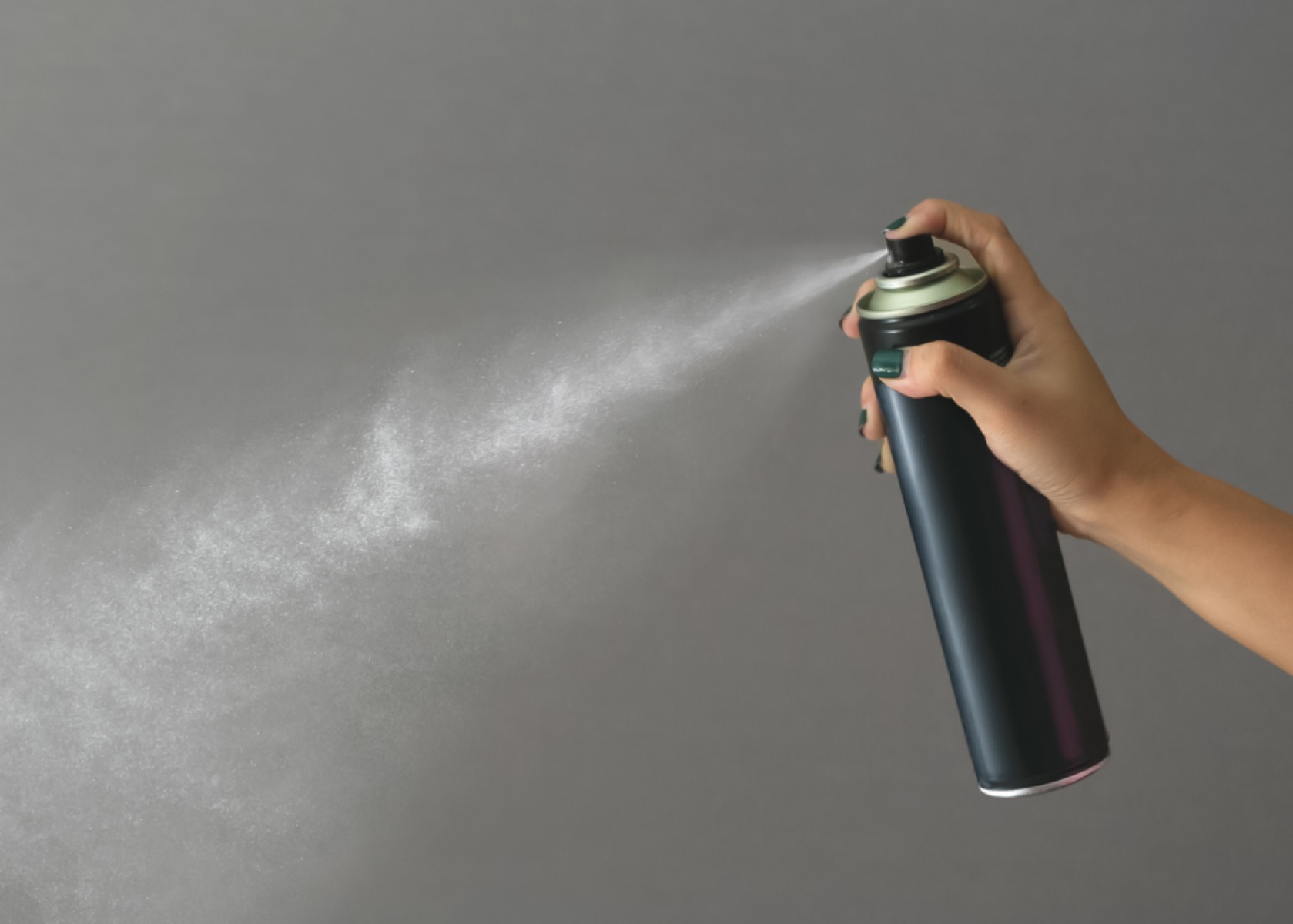
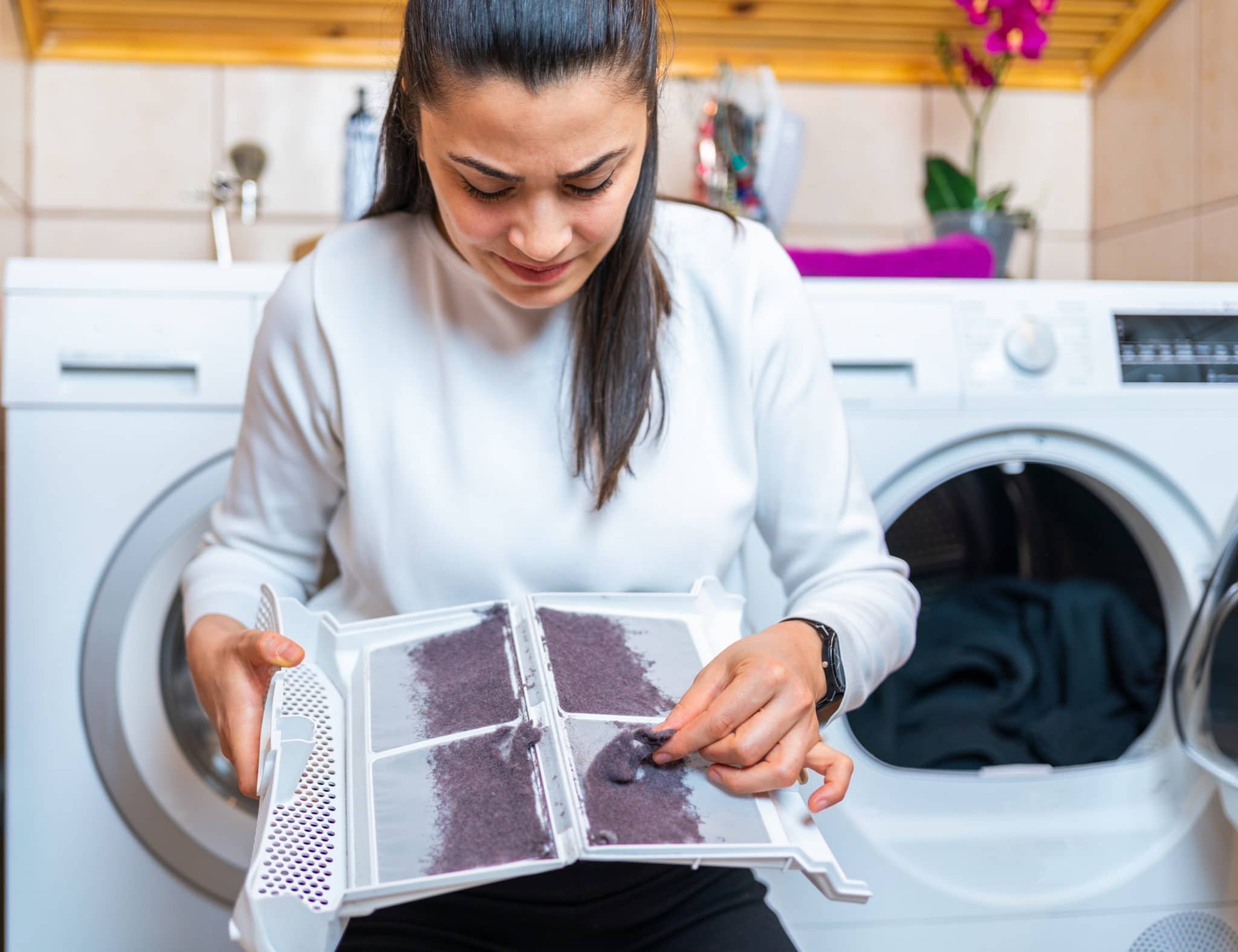
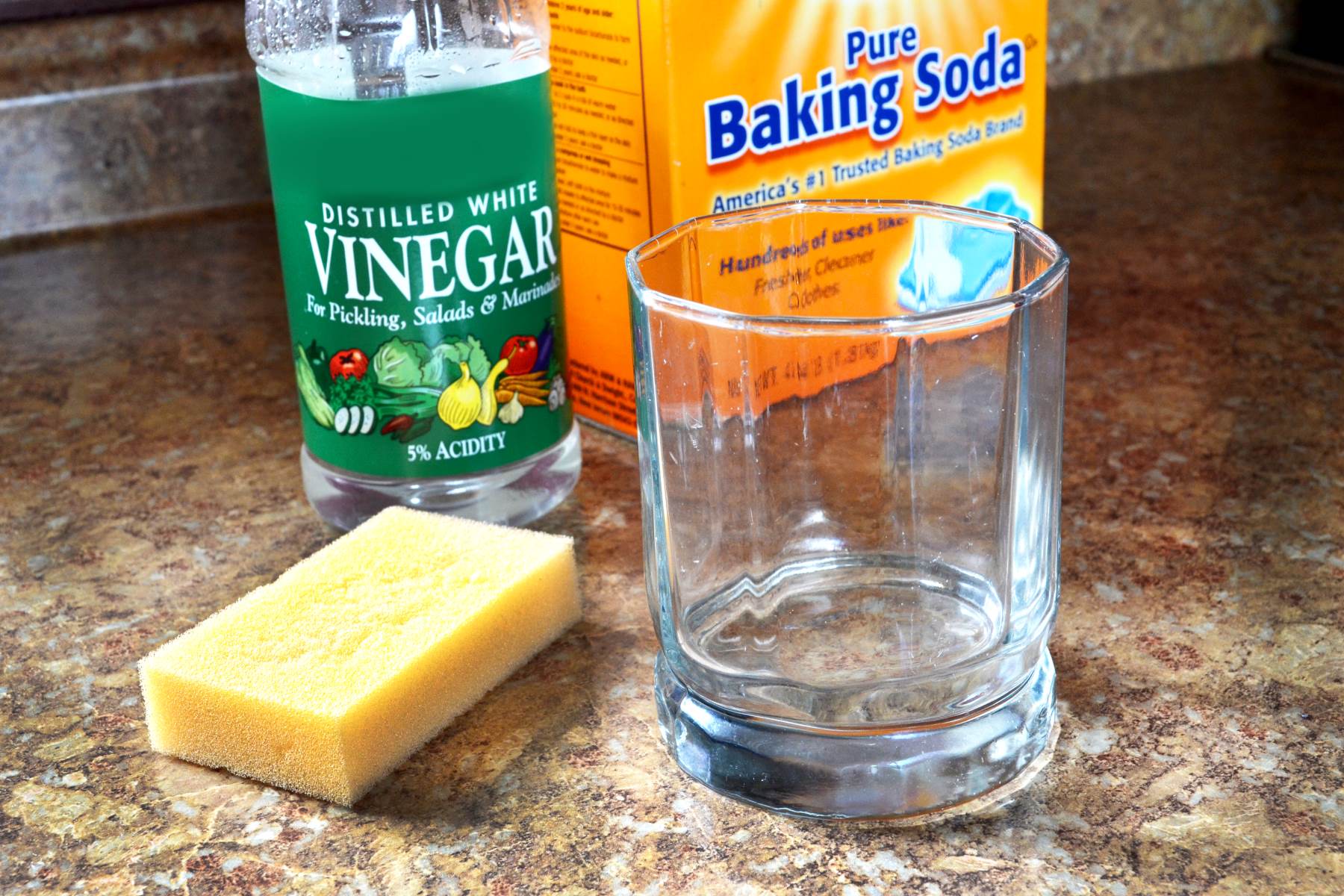
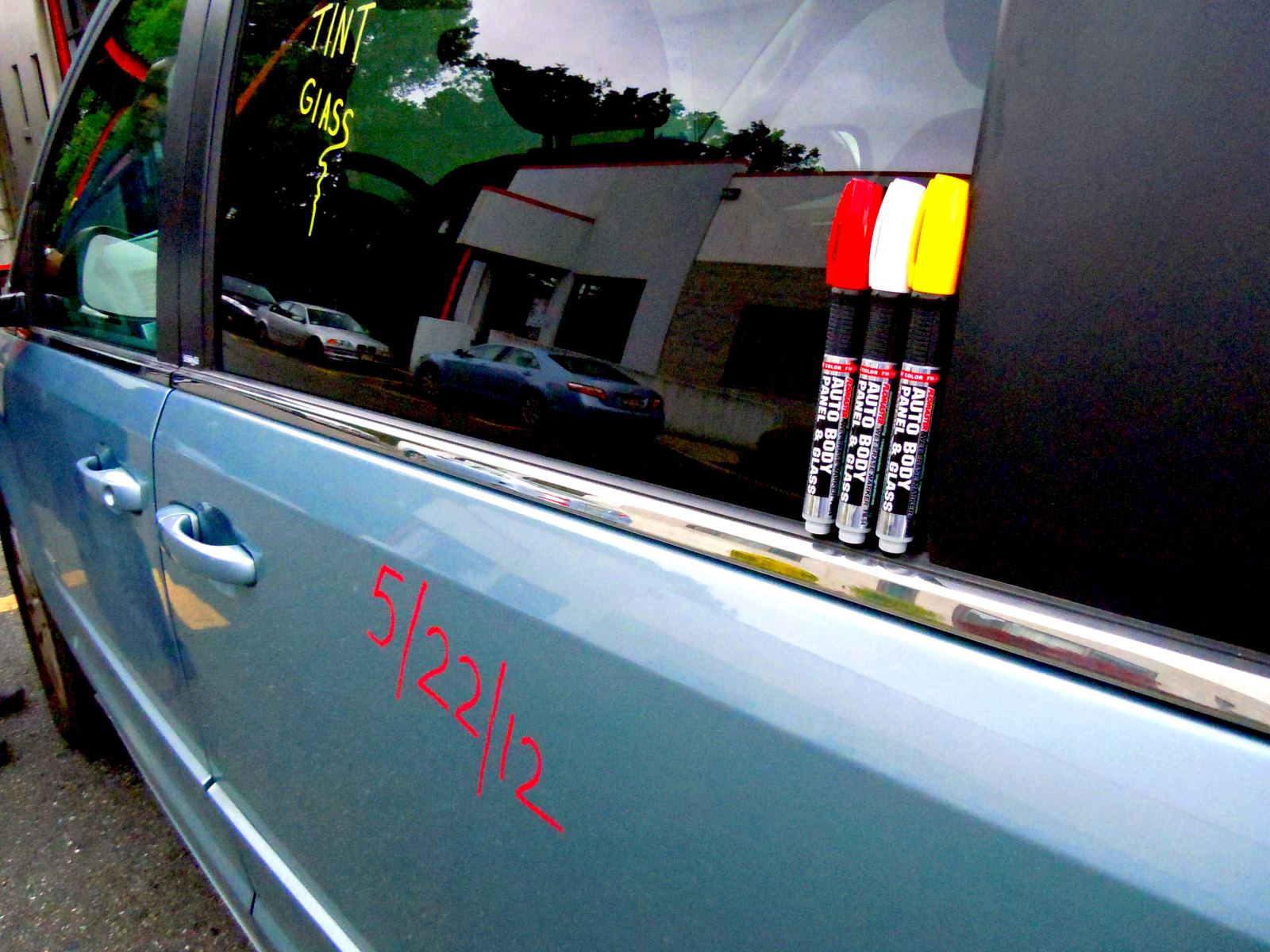
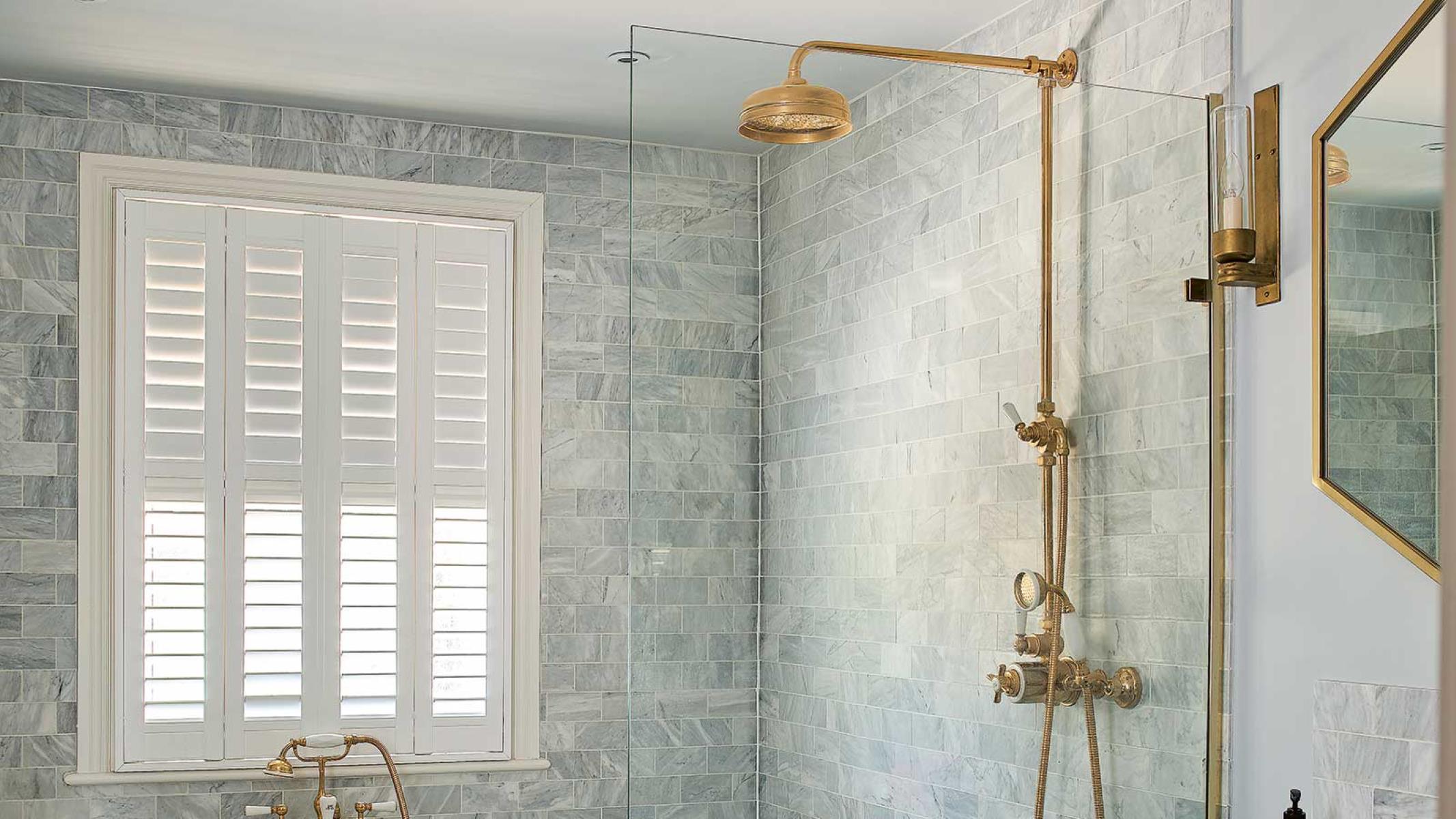
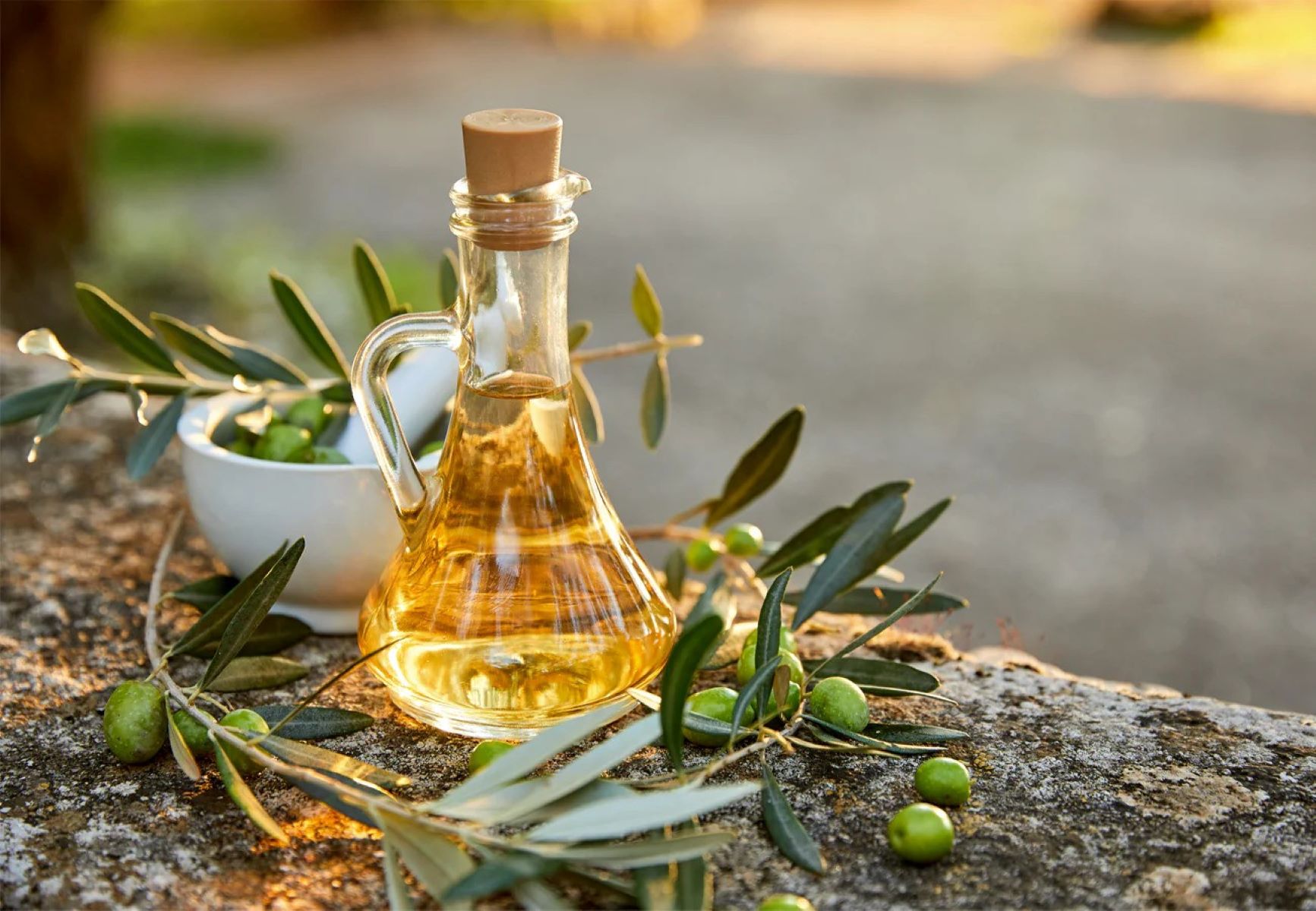
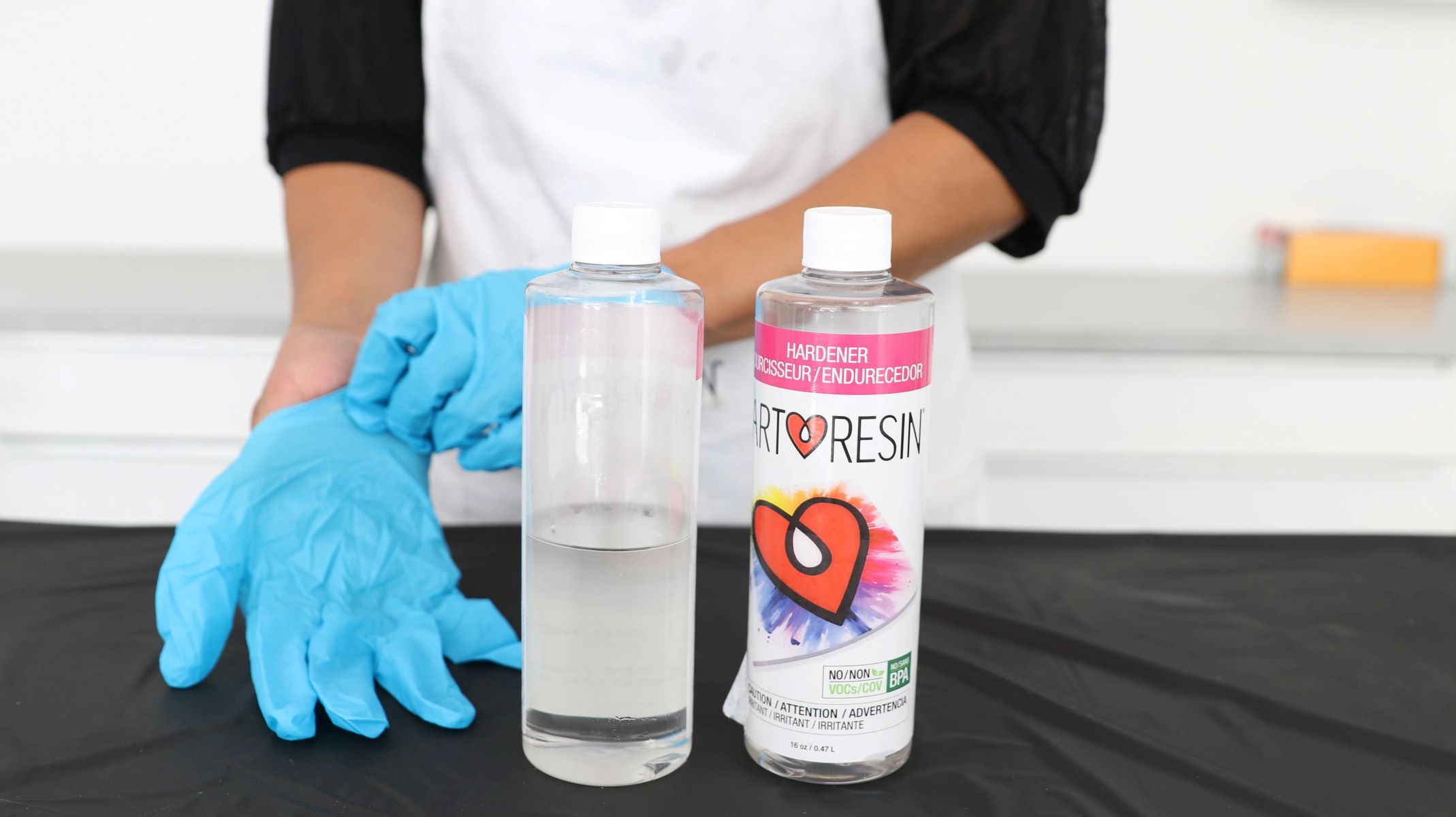
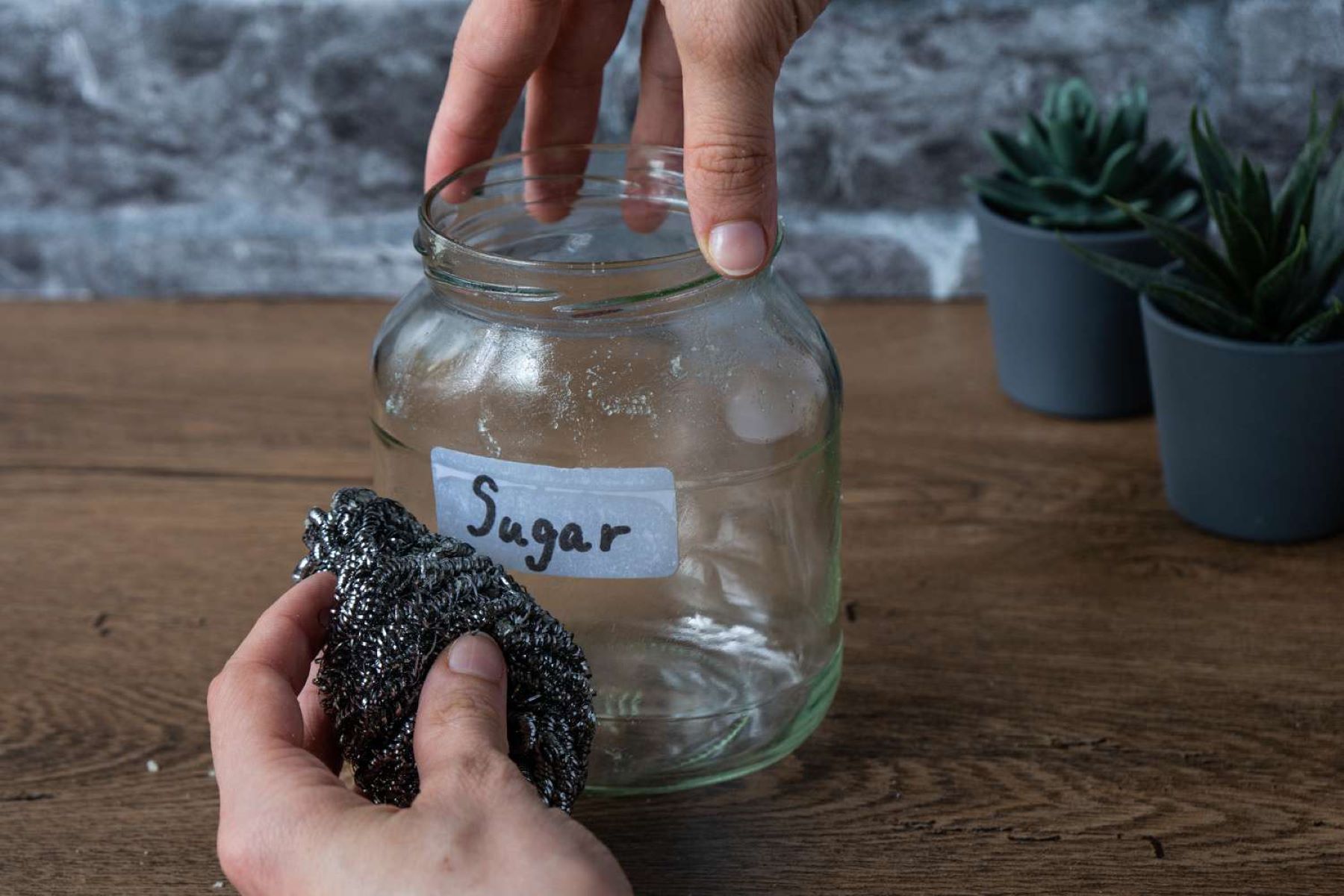
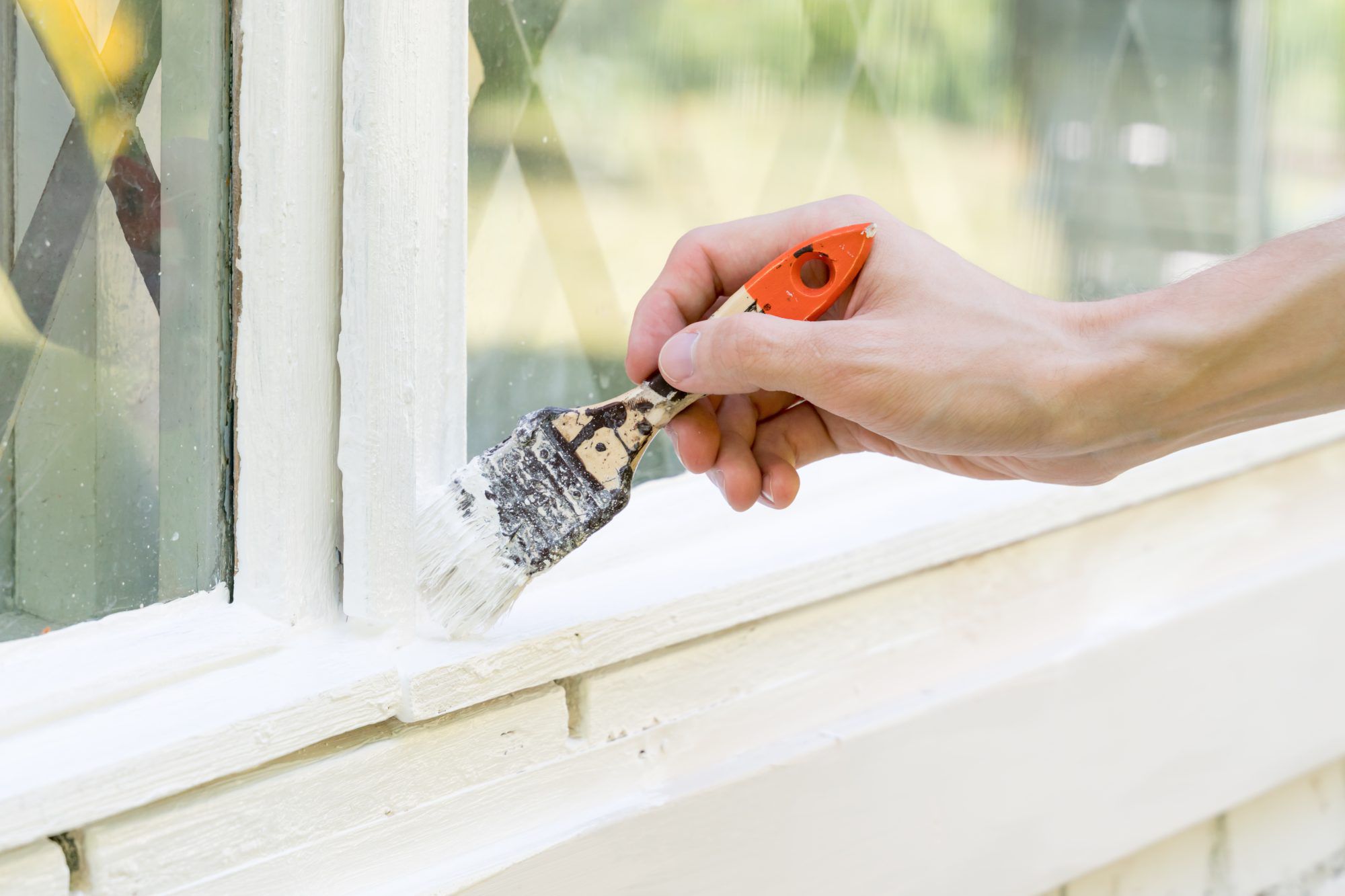

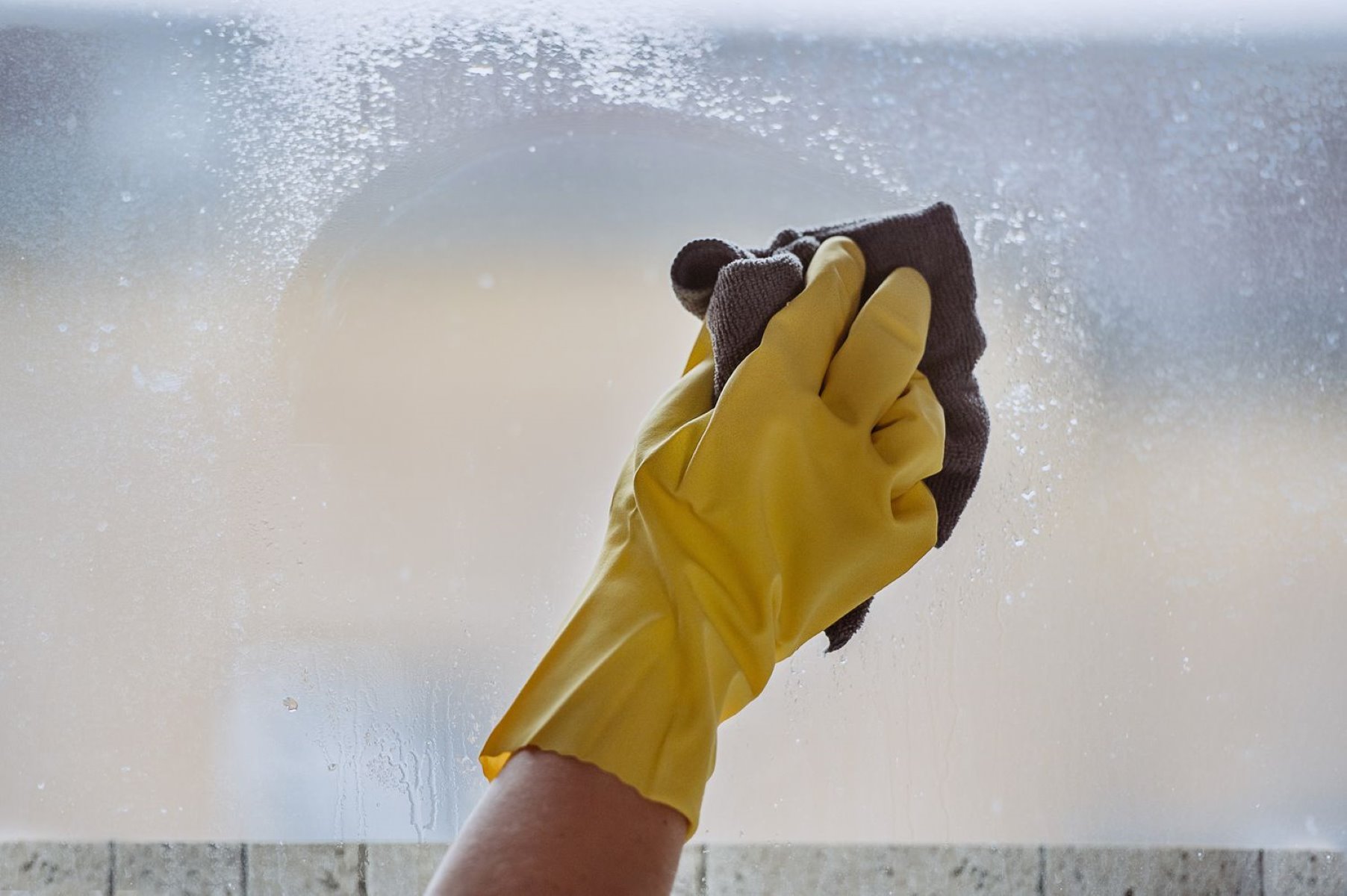
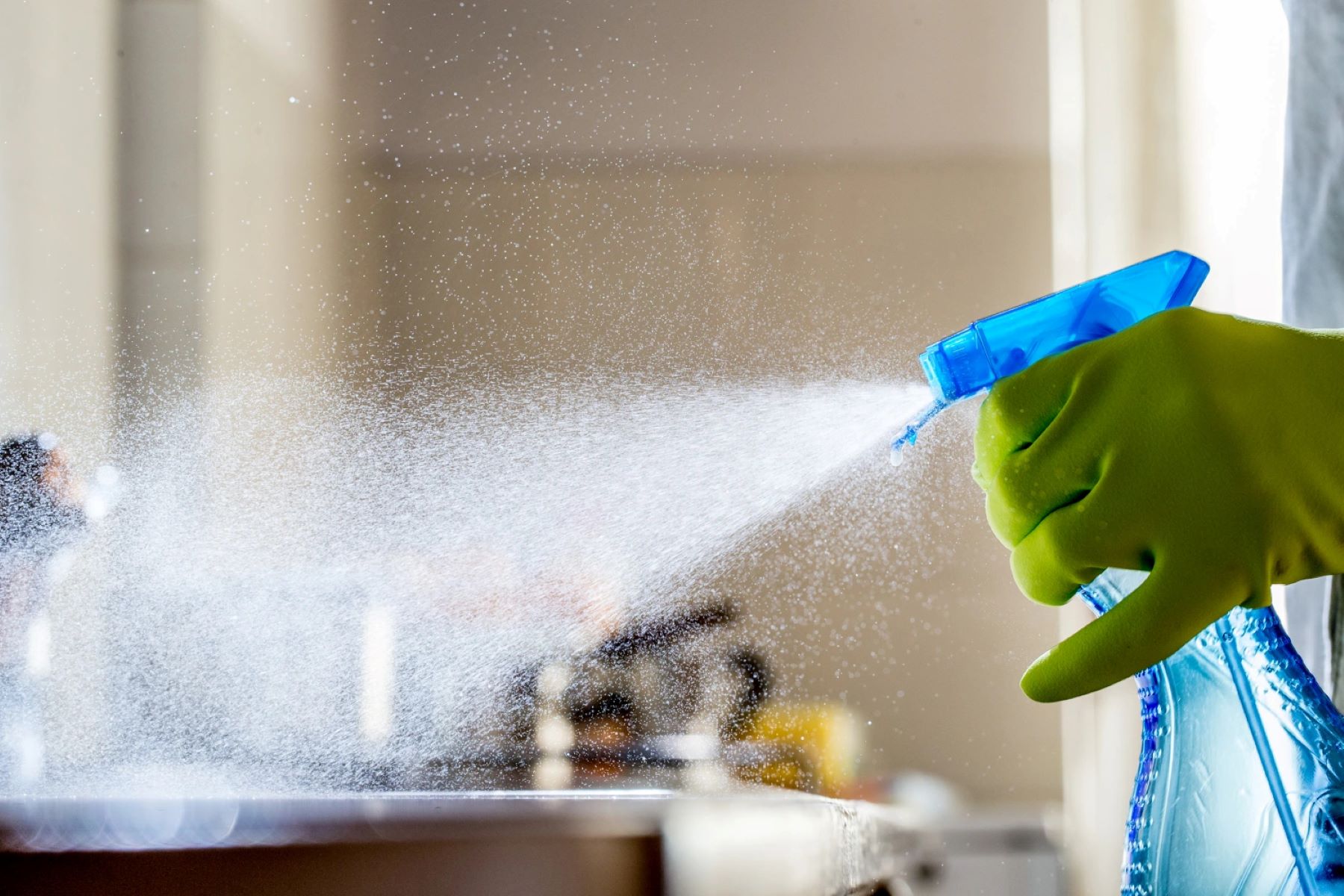

0 thoughts on “How To Get Gum Off Glass”